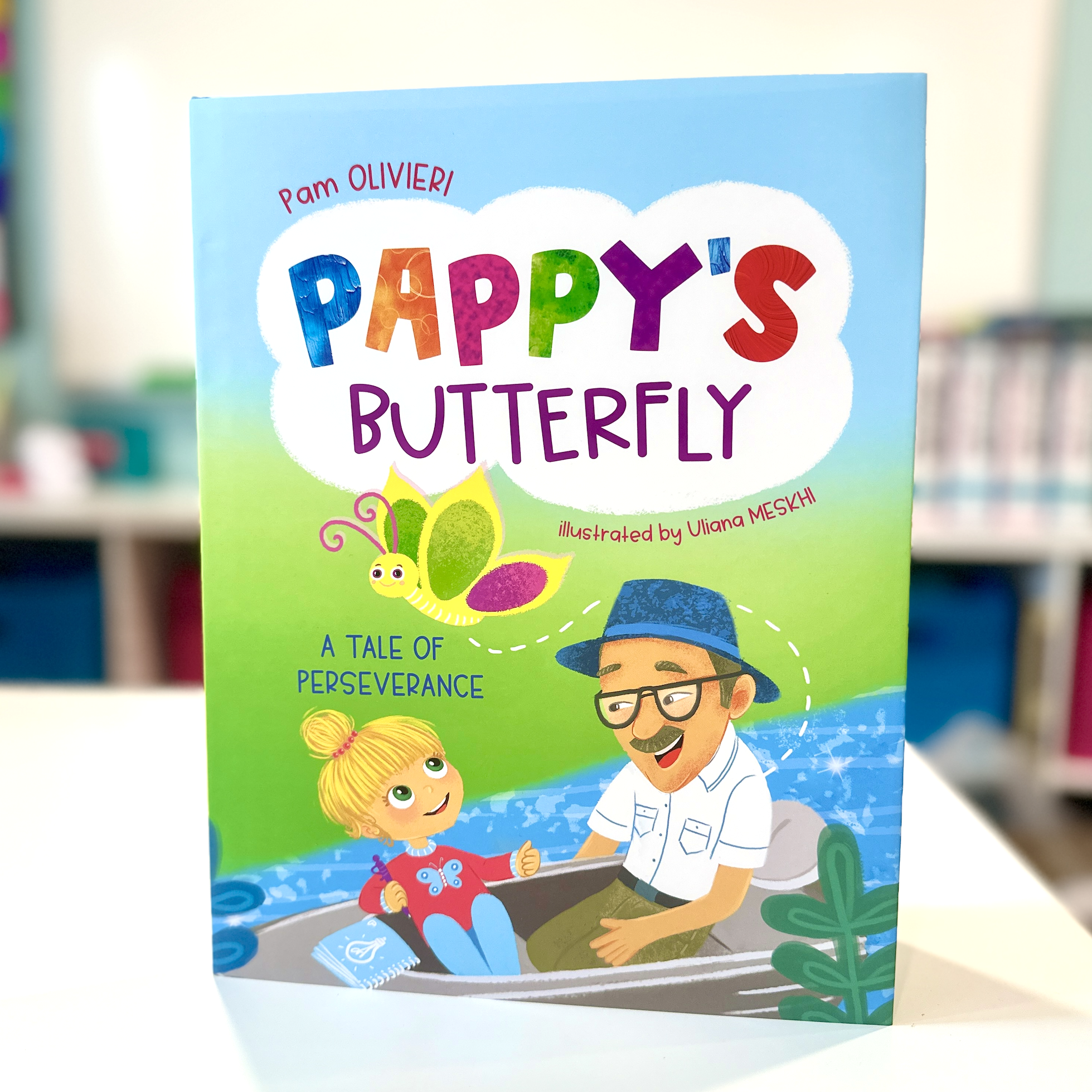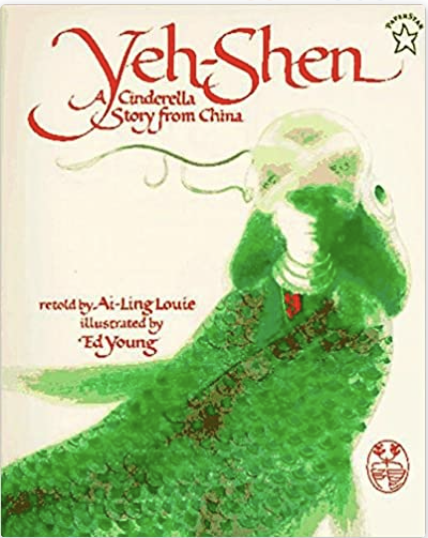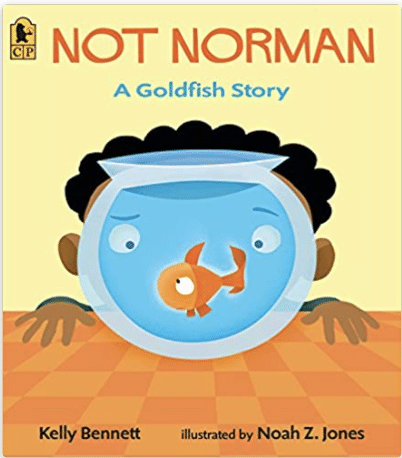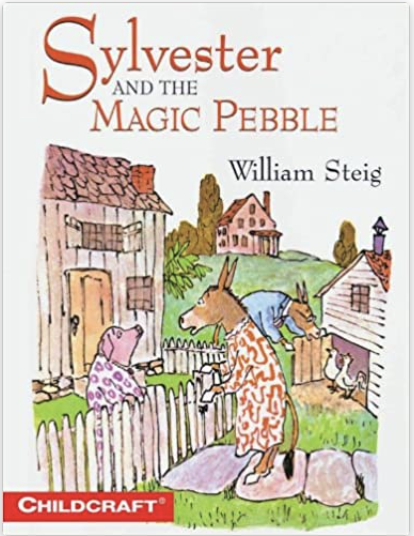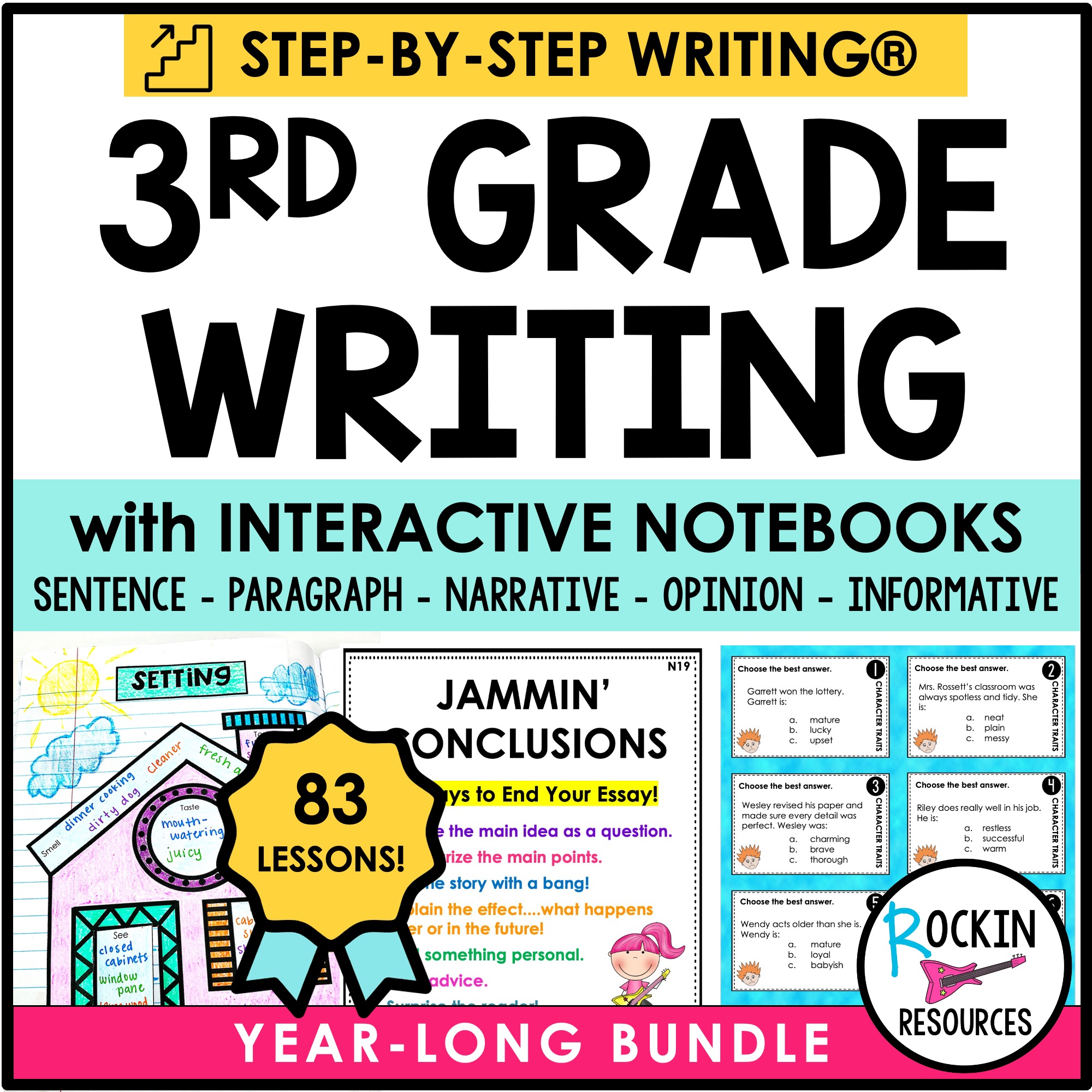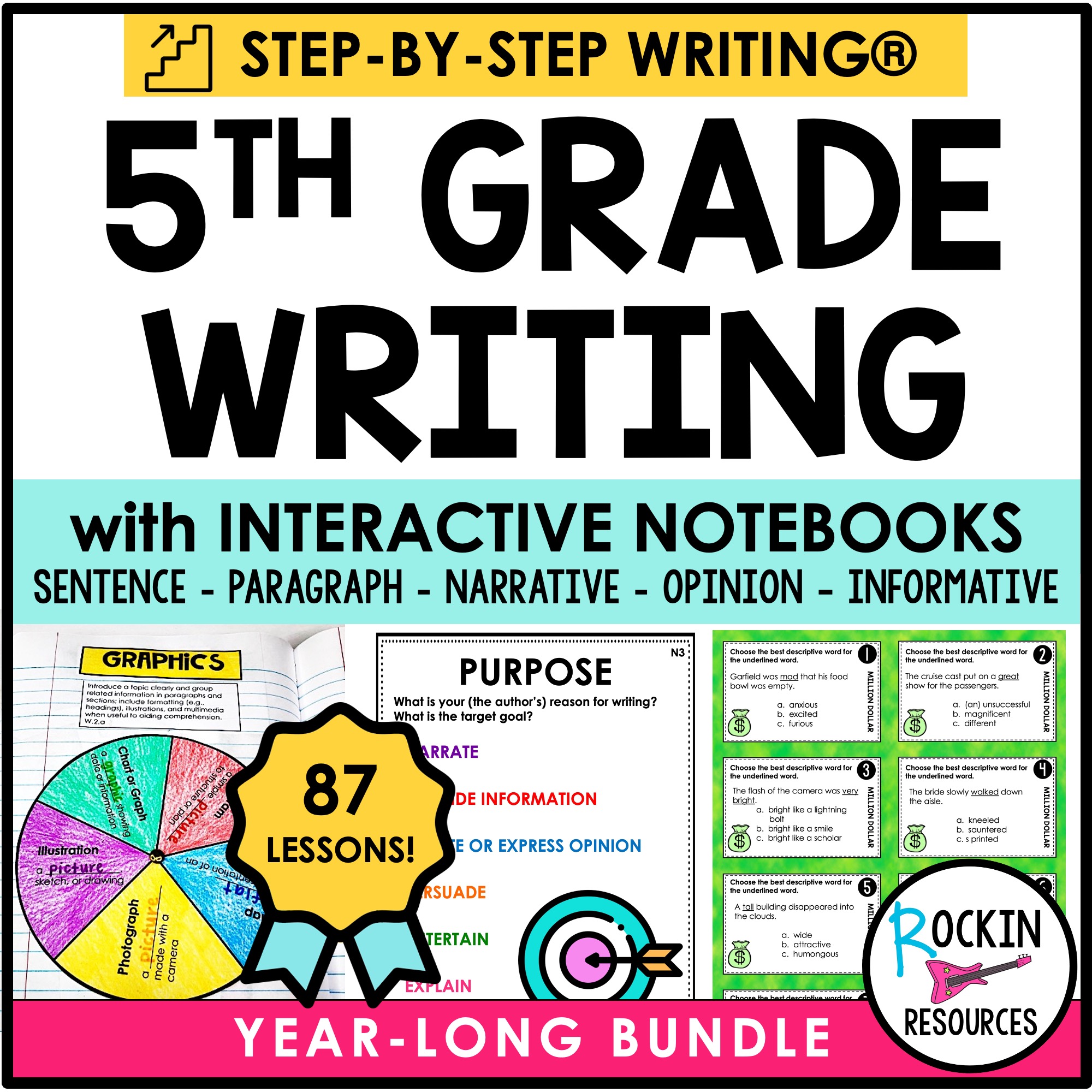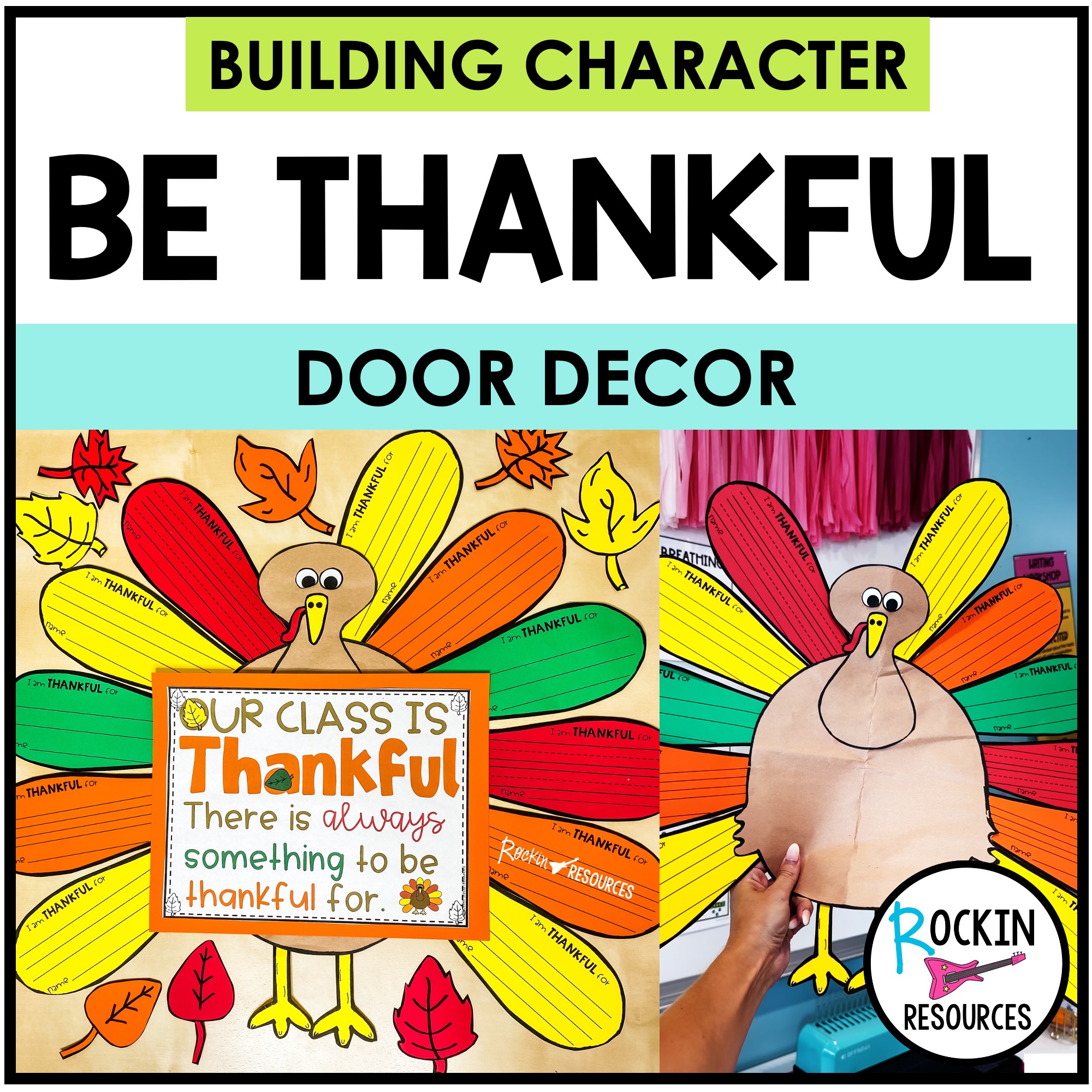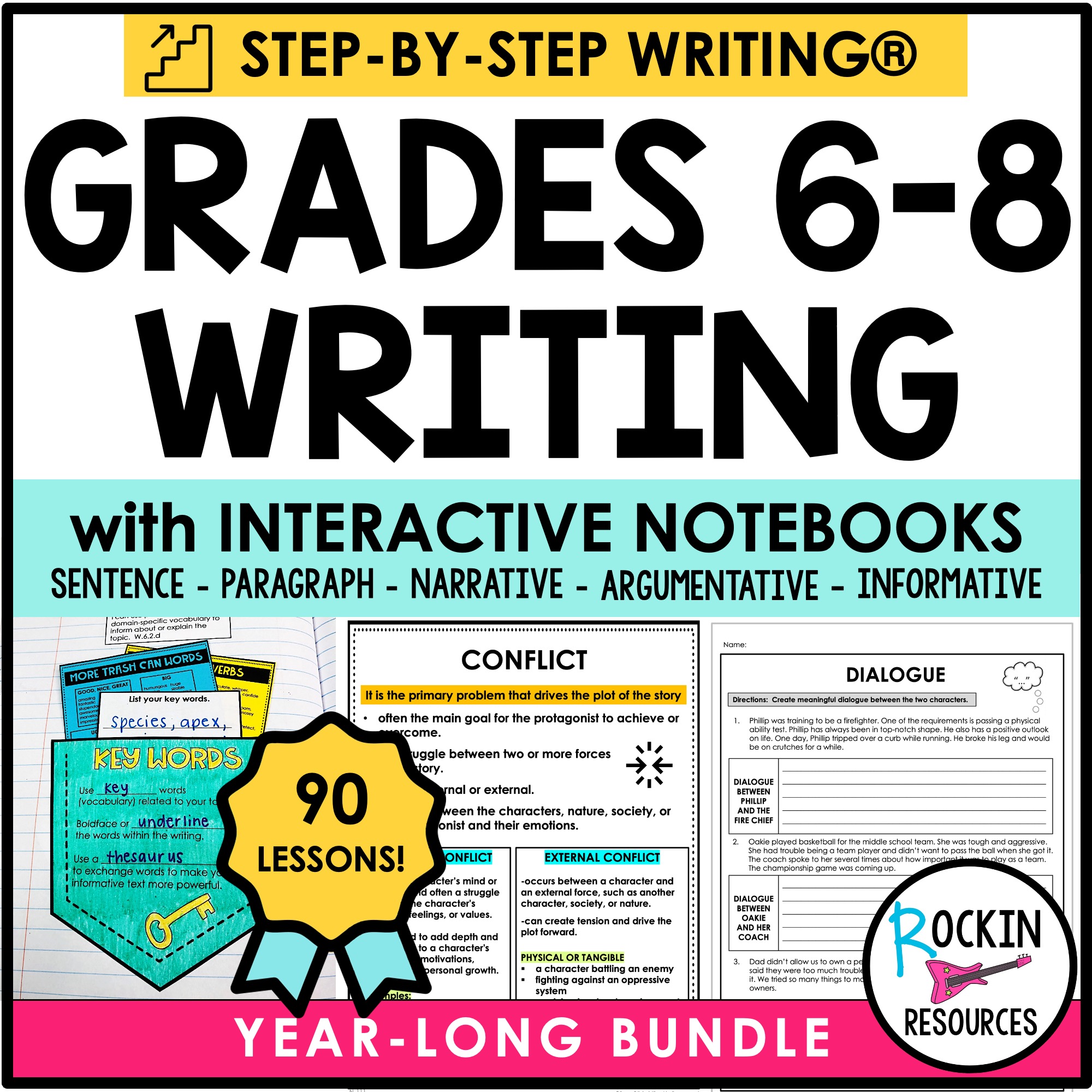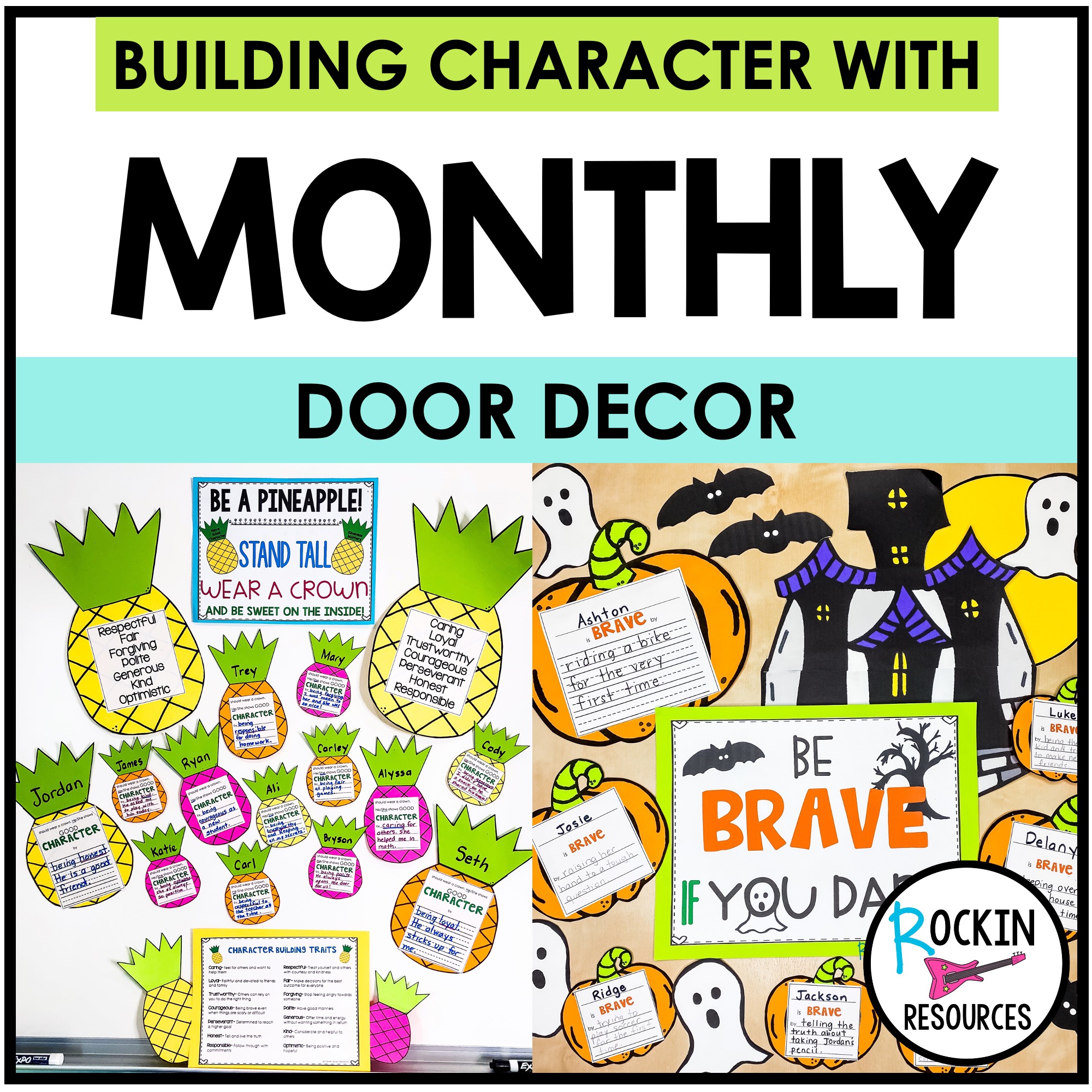Teaching character traits and character development is so much easier using mentor text! In rich literature, authors craft their stories so we can feel like we know the characters. They create personalities and emotions within the characters. In turn, we develop feelings for them. Using these well-crafted stories, teachers can point out the different character traits and show students where the characters may take a turning point and change their actions. Read on to find amazing mentor text to teach character traits!If you are looking for a wider list, go to my CHARACTER TRAITS AMAZON SUGGESTED LIST. You might have one of these on your library shelf!
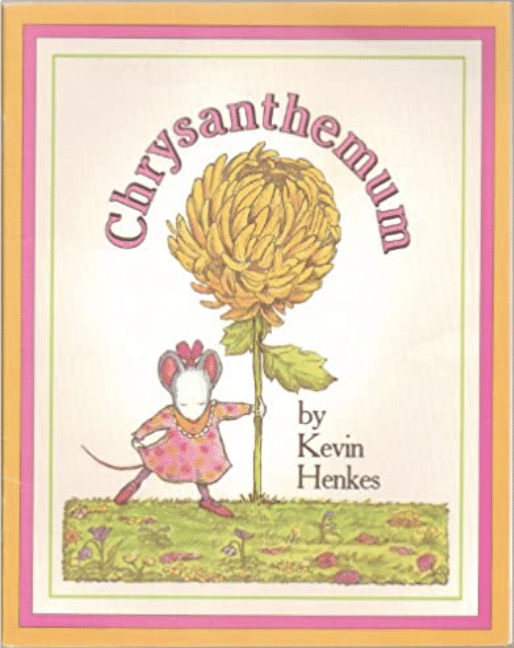
This mentor text tells of a young mouse’s journey in finding self-confidence, having been beaten down by bullies and then built up through kindness. Chrysanthemum loves her flowery name—until she begins kindergarten in a class of Sue’s, Max’s, Sam’s, and Joe’s. Chrysanthemum’s confidence begins to wilt in embarrassment due to her unusually long name. Chrysanthemum’s parents do their best to soothe her insecurities, but nothing they do can help the young mouse forget her classmates’ cruel words. Chrysanthemum’s confidence begins to bloom again after meeting the school’s pregnant music teacher, Mrs. Delphinium Twinkle, who reassures the flowery mouse of the beauty of her unique name. Chrysanthemum’s confidence weakens and then grows strong again over the course of this mentor text!
Teacher Tip: Ask students to reflect on the changes in Chrysanthemum’s character in the beginning, middle, and end. (Skipping to school, reacting to peers, Mrs. Delphinium making her announcement)
Pappy’s Butterfly: A Tale of Perseverance takes readers on a heartwarming journey through the butterfly life cycle. Follow Demi and Pappy as they encounter a beautiful butterfly named Charm. Little do they know, this chance meeting will lead to an adventure beyond their wildest dreams. With each stage of Charm’s metamorphosis—from egg to caterpillar, to chrysalis, and finally, to a beautiful butterfly—Demi discovers the importance of never giving up, no matter how challenging her own journey may seem. Will she trust her abilities and persevere like a butterfly?
Teacher Tip: Explain how Demi goes from having self-doubt to persevering like a butterfly!

The Recess Queen is a great book for identifying character traits as well as teaching important lessons on bullying and good playground behavior! Mean Jean, the recess queen, rules over the playground with little mercy for her other classmates until a new student named Katie Sue comes to school. Showing bravery and courage, Katie Sue is unintimidated by Mean Jean’s antics and invites the recess queen to jump rope with her. Once these two girls form a friendship, Mean Jean gives up her title as the recess queen, making the playground safe for everyone to enjoy. Mean Jean transitions away from being the playground bully through the kindness of friendship.
Teacher Tip: Ask students to explain what character traits Mean Jean had at the beginning of the story compared to the ending. Why did she change after Katie Sue came to school? This story also leads to a discussion on the importance of showing kindness to others!
Vivid illustrations help tell Camilla Cream’s story of her struggles with identity, bullying, and self-perception. Camilla is very concerned with what other people think of her, which is why she keeps her love of lima beans a secret. Her friends dislike lima beans, so Camilla stops eating them to fit in. One morning, Camilla wakes up to realize that she has caught a bad case of stripes all over her body. At school, the other children tease her brightly colored skin, causing the colors and patterns to shift around. Afraid that Camilla is contagious, the principal sends her home. Camilla’s body continues to change, turning into whatever a nearby person happens to be talking about, including a pill, checkerboards, and bacteria! A wise woman convinces Camilla to try eating lima beans, which magically cures her case of stripes. Although Camilla is teased for her love of lima beans upon returning to school, her character has grown, and she no longer cares about what her classmates think!
Teacher Tip: Have students explain what the lima beans have to do with her character and how her character grows throughout the story.
A Chinese twist on the traditional Cinderella story, this character trait mentor text follows Yeh-Shen. Suffering under the harsh orders of her stepmother, Yeh-Shen lives a life of chores and bleakness, her only friend being a fish with golden-eyes. When her stepmother kills the fish for supper, Yeh-Shen has only the bones to remember her companion by. The bones are revealed to be filled with a powerful spirit, granting Yeh-Shen the “Cinderella experience” of a gown, golden slippers, and a night at the annual spring festival. This Chinese Cinderella story is great for identifying the differences in character between Yeh-Shen and her stepmother. Yeh-Shen’s luck changes throughout the story, but her kind character remains constant, teaching students a lesson in maintaining good character, no matter the circumstances!
Teacher Tip: This story is a great one for charting the unwavering kindness of a character, regardless of the tough times they go through (like Yeh-Shen maintaining good character even under the harsh treatment of her stepmother). Have students discuss the ways in which Yeh-Shen’s character could have faltered but didn’t!
This little boy has big hopes for getting a new pet, but instead of getting an animal that runs and jumps, he gets Norman, a goldfish. Norman doesn’t do anything lively or interesting, like a dog or cat might. After spending time with his fishy friend, Norman wins over the little boy, teaching a great lesson about the virtue of patience and not judging a book by its cover! This book serves as a great mentor text on character development as the little boy’s judgement of the fish is clearly mapped out for readers to follow along.
Teacher Tip: Use this pet-themed book as a way to discuss what types of character traits the little boy expected out of his new animal companion versus what he assumed the goldfish to be. What are a dog’s typical character traits? A cat’s? A rabbit’s?
Ten-year-old Peter Stokes is excited to hear that his grandfather is coming to stay—until he finds out that he must give up his room for his grandpa. Unable to get good sleep in the creepy attic, Peter’s frustrations grow. Peter declares a prank war on his grandfather, and the two of them go back and forth until finally, Peter resigns from battle after seeing his grandfather is upset. Peter’s character changes throughout the story as he learns to be more compassionate toward his grandfather, allowing for a truce at the conclusion of the story!
Teacher Tip: Ask students to explain the cause-and-effect of Peter’s changes in character by charting or illustrating the book’s storyline.
This mentor text explores jealousy and self-esteem issues through the classic sibling rivalry example that any child—with or without sibling—will be able to relate to. Once baby Julius is born, his parents can’t stop talking about how amazing he is. But Julius’ older sister, Lilly, disagrees. While their parents proclaim Julius to be the baby of the world, Lilly refers to herself as the queen. Lilly torments Julius until an outsider criticizes him, then becomes his protector. Lilly’s jealousy transforms into love at the end of this story.
Teacher Tip: Discuss the changes in Lilly’s character as she interacts with her brother and an outsider. Have students define jealousy and make a list of things that might induce people to feel jealous.
Stubborn Beatrice doesn’t want to read books in the library that her older brother, Henry, often takes her to while he works on a science project. Henry encourages Beatrice to pick out books or to join the other girls and boys during story hour, but Beatrice just doesn’t want to. The librarian finally catches Beatrice’s attention while reading aloud a book on roller-skating. Beatrice transforms from a stubborn book-hater to a book fiend in this mentor text. Not only will this book help your students see the changes in Beatrice’s character, but it can also serve as a mini-lesson on the great uses of the library!
Teacher Tip: Talk about the transformation Beatrice makes throughout the story. Make a list of different book genres and/or topics. Have students identify their own feelings associated with each.

This mentor text teaches young readers about the importance of making the right choices! On every page lies a new situation and illustration of a child who explains how, for example, “I choose to be brave/responsible/calm/friendly…”. There’s a new character trait on every page, enabling students to learn and review different traits in an engaging format.
Teacher Tip: Have students choose one of the character traits and write about a time they displayed that trait.
A donkey named Sylvester finds a magical, wish-granting pebble. After having a couple of his wishes granted, Sylvester is scared by a lion and wishes himself to become a rock out of panic. No longer able to pick up the magic pebble, Sylvester is helpless as he hears his parents and community searching for him over the next year. Eventually, Sylvester’s parents find the magic pebble and wish that he would turn back into his body. This magical mentor text features both physical and internal transformations of character!
Teacher Tip: Have students chart Sylvester’s changes in character before, during, and after he turns into a rock. This can also serve as a lesson on cause and effect!
I hope you found some amazing books to use as mentor text for character traits! See more tips and resources below. Also for more suggested Mentor Text for Character Traits CLICK HERE.
If you need a lesson on Character Traits.
Check out these resources:
-
3rd Grade Step-by-Step Writing® Program
Original price was: $100.44.$70.00Current price is: $70.00. -
4th Grade Step-by-Step Writing® Program
Original price was: $100.44.$70.00Current price is: $70.00. -
5th Grade Step-by-Step Writing® Program
Original price was: $100.44.$70.00Current price is: $70.00. -
INTERACTIVE STEP-BY-STEP® WRITING PROGRAM ULTIMATE BUNDLE
Original price was: $379.00.$189.00Current price is: $189.00. -
Middle School Step-by-Step Writing® Program Grades 6-8
Original price was: $100.44.$70.00Current price is: $70.00. -
STEP-BY-STEP WRITING® Program for GOOGLE and POWERPOINT
Original price was: $104.99.$70.00Current price is: $70.00. -
Upper Elementary STEP-BY-STEP WRITING® Grades 3-5
Original price was: $100.44.$70.00Current price is: $70.00.
Save this blog on Pinterest:



